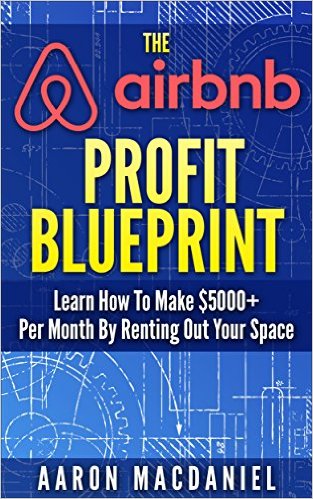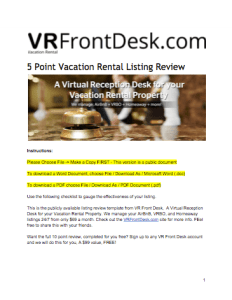Do you know exactly how much to charge for your Airbnb or vacation rental?
Probably not. In fact, its not always clear what the price should be!
But with these 3 strategies below, you can come up with a pretty good idea of what your price should be. So lets get started!
In our previous article, 5 Tips for an airbnb market analysis, we discussed ways to analyze your local competition thoroughly. In today’s article, we are going to drill down on a few different pricing methodologies.
Start with a few similar properties
As before, we are going to need to locate a few similar properties to start with. Start with a property that is closest to you, in terms of location, number of bedrooms, style if possible, and amenities such as parking, pool, laundry, etc.
If you don’t have anything to compare against, try to find one that has at least a close location and same number of bedrooms as that is the bare minimum. This similar property (or 2 or 3) will help determine what you can charge. Even better, try to find several similar properties so you can get a range.
The 3 Different AirBnB Pricing Strategies
1. Compete on Price
There are several ways to compete in the market.
The first way, is offer almost all the same amenities that your similar properties offer, then just reduce the price by a few dollars a night. This is called competing on Price.
Be careful, you don’t want to start a price war, which could have disastrous consequences for both you and your competitors. But most hosts on AirBnB don’t aren’t all that vigilant about their competition, and sometimes they never check once they list, so this is pretty unlikely to happen.
Competing on price is a valid economic strategy that has been used for centuries, and is a great way to get started.
2. Compete on Value
Alternatively, you can keep the same price of the similar property, but offer “more”.
“More” can be a lot of different things, for instance: Offer up a parking space, a stocked fridge on arrival, free gift of wine / beer/ snacks on check in, or other benefits that your competition isn’t offering and you can definitely gain a bigger share of bookings.
There are lots of things you could potentially add to your listing to compete on value. When you review your competition, review what you think they are lacking or missing
This is called competing on amenities, or value.
3. The Long Game
You can find your best competitor, the one with the most amenities, best photos, nicest looking unit, and highest price, etc, and come up with a long term plan to beat them.
This is a bit of a longer play and requires a bit of investment, but most of the time a little work can go a long way.
If you are able to get some new furniture, new paint job, and offer a lot of amenities that they don’t have, you can come out ahead. Sure you could renovate your entire kitchen, but that is not usually required.
How about adding some new artwork, getting some professional quality photos with correct lighting, and getting a few appliances like a coffee maker with unlimited coffee, or a free surfboard or kayak if you are near the water, or a pair of bicycles if there are good biking spots.
For around $500, you can increase your price by $10 a night and see very positive ROI (return on investment). The opportunities for a little investment to go a long way are many, and these can be make or break if you are aiming for that top pricing spot in your local market.
My Analysis is Done, what’s next?
Once you complete this analysis, you can create a set of short, medium, and long term goals in terms of where you want your unit in terms of your competitive landscape, and get the best return on your investment.
Have you implemented any of these strategies? LEave a comment and let us know what worked or didn’t work for you!




Trackbacks/Pingbacks